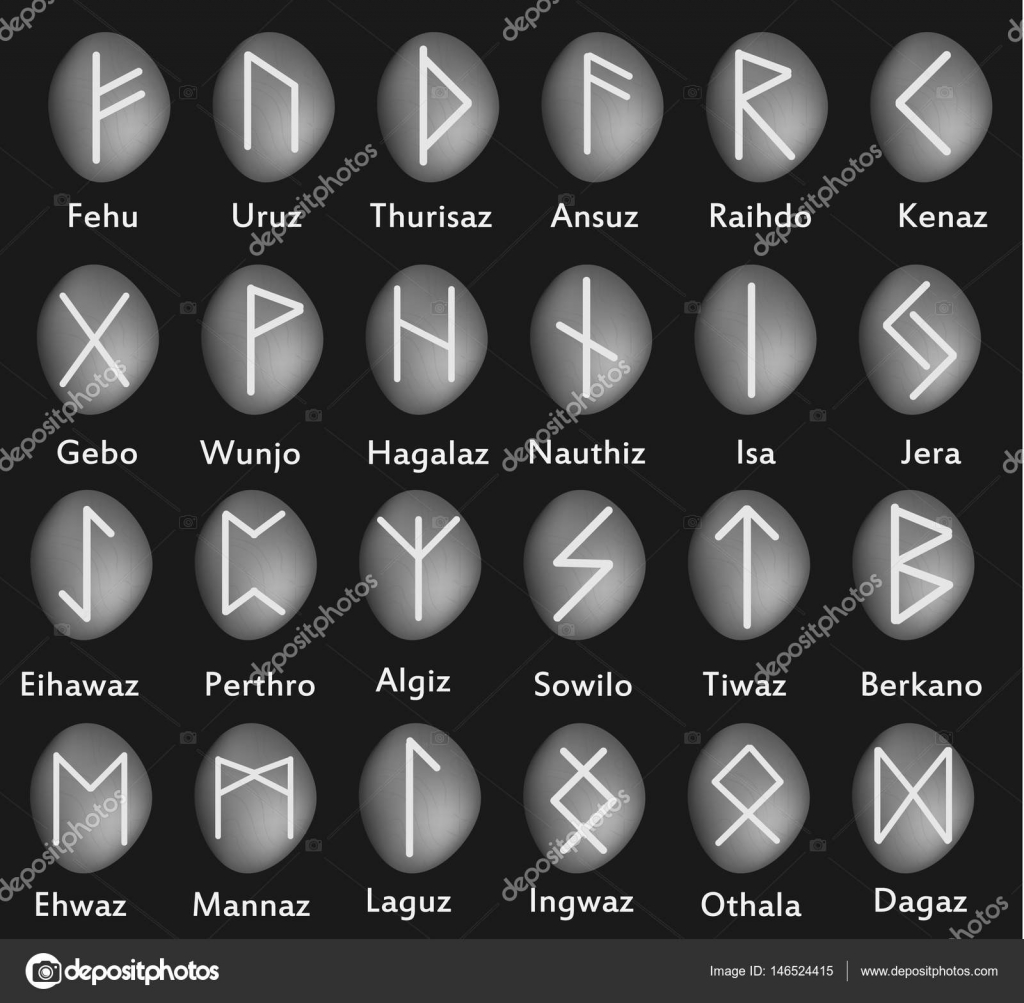

It is decipherable, but difficult to read.īut this does not mean that the work was sloppy. Just like if we today wrote asentencewithoutanyspaces. The text lacks certain features, which mark the beginning and end of each word.

A guess is that it was once part of a casket, says Sindbæk. Archaeologists do not know how big the original piece would have been, or in what context it was used. It was difficult to decipher the text as both ends were missing. Read More: Scandinavia’s oldest cup mark rock carvings discovered on Bornholm In the end I convinced myself that it had to be runes,” says Sindbæk, who was proven to be correct. “It’s expertly crafted and we don’t find so many of its kind, so I couldn’t shake the idea. “The engraving is so fine that you can’t immediately see the text, but I thought to myself, ‘what if it is an inscription?’ But then I thought, ‘no, that’s too optimistic’.” Initially, he could not figure out what it was. Sindbæk discovered the bone plate while he was excavating a small house that was known to have been a bronze foundry. Read More: Isolated people in Sweden only stopped using runes 100 years ago Just the fact that we now have two new inscriptions to add to the two existing ones from Ribe, expands our understanding of the different uses they had,” says Sindbæk.įor example, there is a difference between using language to communicate with others, such as when writing a letter, or to label a comb as a comb.Īnother way of using language could be when a trader deals with another trader to communicate the price or the type of goods, or to summon the gods. “This is from a period where runes changed a lot.

The runes showed up during an excavation of the city’s market place. The two new discoveries double the number of runes from Ribe, which was a centre of power during the early Viking Age. It was possibly inscribed by two different people. Both sides contain the word “comb.” On one side it is the verb (to comb) and the other the subject, comb. A magnified view of the runes etched on one part of the comb.


 0 kommentar(er)
0 kommentar(er)
